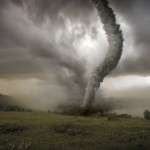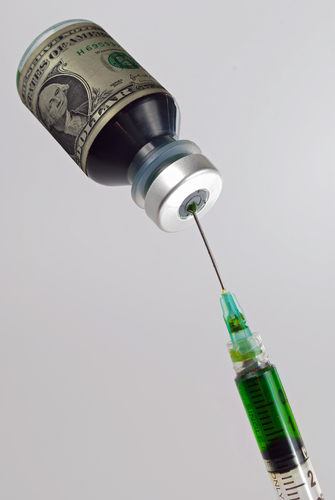The news is in — Chinese drywall has been confirmed to contain vast differences from U.S. manufactured drywall. The Environmental Protection Agency ran the tests, which found the following elements that do not appear in U.S. drywall:
- Sulfur
- Strontium (at levels 10 times as high as in U.S. drywall)
- Two other organic compounds usually found in acrylic paint
U.S. Senator Bill Nelson (D-Fla) reported on the findings today, stating, “We’ve got the what, and now we need the why and how do we fix it? In the end, I think all this stuff is going to have to be ripped out.”
Nelson’s office said the EPA has determined more tests are needed, including air sampling in affected houses, to determine whether the drywall is the cause of corroded wiring and appliances and the alleged health problems.
The drywall was used mostly in the Southeast, with a the highest concentration used in Florida residences.
The Florida Department of Health has recorded 379 complaints from homeowners as of May 19. Residents with the Chinese-made drywall have had health problems that include bronchitis, dizziness, headaches, fatigue, and irritated eyes. Many affected houses have a rotten-egg-like smell, metal is turning black, and appliances are failing.
A Senate subcommittee hearing was held today to discuss the current threat and future consequence of toxic Chinese drywall. In attendance were state Senators from various Southeastern states, the Senate Subcommittee on Consumer Protection, Product Safety and Insurance and the U.S. Consumer Product Safety Commission.
A growing product liability crisis over the drywall may include up to 35,000 homes in several states, with Florida being among the hardest hit. Several senators said federal money will be needed to deal with the problem.
How will the residents of these homes afford alternative housing, their primary mortgage payment and, in some cases, complete drywall removal? Stay tuned.

 few weeks in hopes of catching a tornado (or two) in action. They’re not just out for a cheap and dangerous thrill, however. They’re risking their lives trying to
few weeks in hopes of catching a tornado (or two) in action. They’re not just out for a cheap and dangerous thrill, however. They’re risking their lives trying to  It was announced today that the following
It was announced today that the following